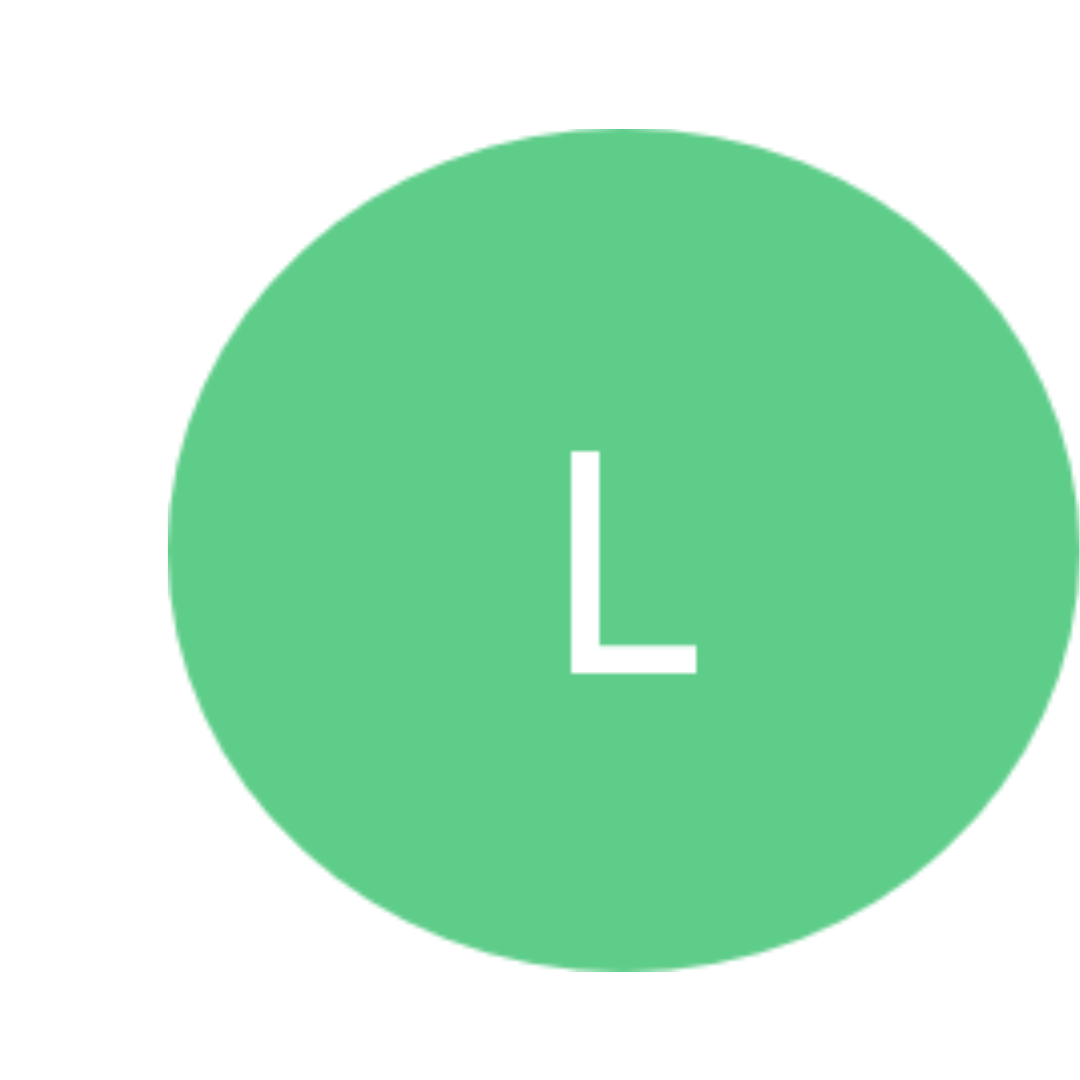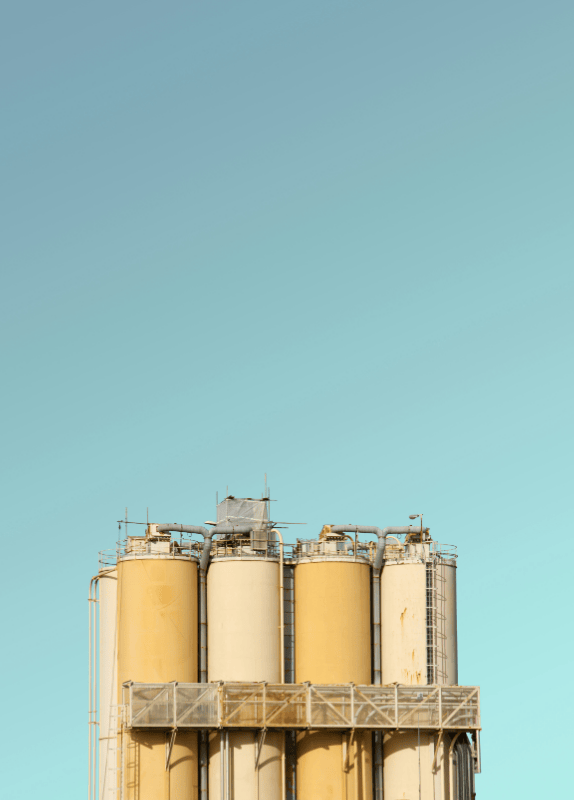Balancing innovation, regulation and market expansion

LOW RISK FOR ENTERPRISES
Last Update: June 2025
Strengths & Weaknesses

- A large-scale industry with a broad, global market presence, offering an extensive range of products and services worldwide.
- Relatively low market fragmentation: the top five companies collectively hold approximately 30% of the market share, while the top 10 control around 50%, indicating significant market concentration.
- High barriers to entry, including substantial investments required in research and development (R&D) and the need for highly specialized personnel (such as scientists and regulatory experts), making it difficult for new entrants to compete effectively.
- Despite significant R&D expenditures (averaging about 20% of revenues) pharmaceutical companies generally generate robust cash flow from operations, enabling them to sustain innovation and development efforts.
- Rising prevalence of chronic diseases globally has increased reliance on medications and health supplements, ensuring stable and growing demand.
- Improving access to healthcare, particularly in emerging markets such as Latin America and Asia, is expanding the potential customer base and driving sector growth.
- Strong pricing power for patented treatments as generic manufacturers cannot replicate patented formulas, allowing branded drug producers to maintain higher margins and better absorb inflationary pressures.
- Robust regulatory frameworks in most markets ensure product quality and safety, which helps maintain consumer trust and sector credibility.
- Continuous innovation driven by advances in biotechnology, personalized medicine and digital health technologies, positioning the sector at the forefront of medical progress.

- The pharmaceutical industry is subject to stringent regulatory oversight to ensure the safety, efficacy and quality of medicines. These regulations operate at both international (through global standards) and local levels (such as the FDA in the US and EMA in Europe), leading to high compliance costs and operational complexities.
- Persistent competition from manufacturers of generic and biosimilar drugs, which offer comparable treatments at significantly lower prices. This pressure squeezes profit margins for branded drug producers and forces continuous innovation and cost control.
- The drug approval process remains complex and time-consuming, despite recent efforts to streamline it. Lengthy approval timelines delay the introduction of new products to the market, potentially affecting revenue growth and competitive positioning.
- Market dominance by large pharmaceutical companies based primarily in the US and Europe limits accessibility and affordability of many medicines in developing regions such as Latin America, Africa and parts of Asia. This creates disparities in global healthcare access.
- High R&D costs and the risk of failure in drug development pose significant financial challenges, with many compounds failing during clinical trials after substantial investment.
- Increasing public and governmental scrutiny regarding drug pricing and transparency can lead to reputational risks and tighter pricing regulations, which may limit profitability.
- Dependence on complex global supply chains can expose the sector to risks such as geopolitical tensions, trade restrictions and disruptions, potentially affecting production and distribution.
- Patent cliffs, where key drugs lose patent protection, create sudden revenue drops due to generic competition, challenging companies to continuously innovate or diversify their portfolios.




